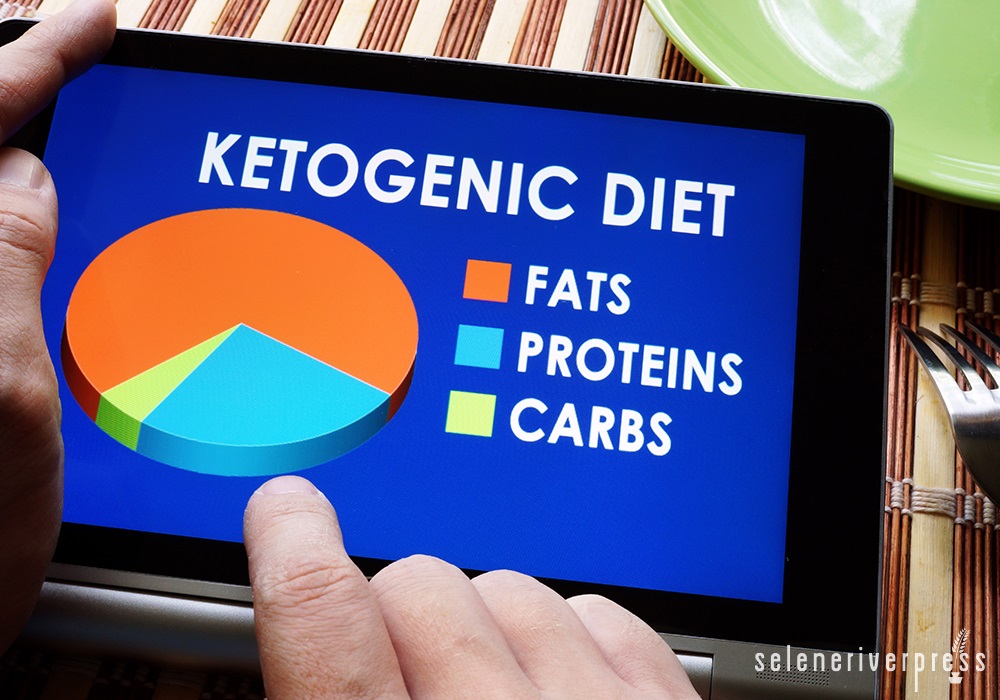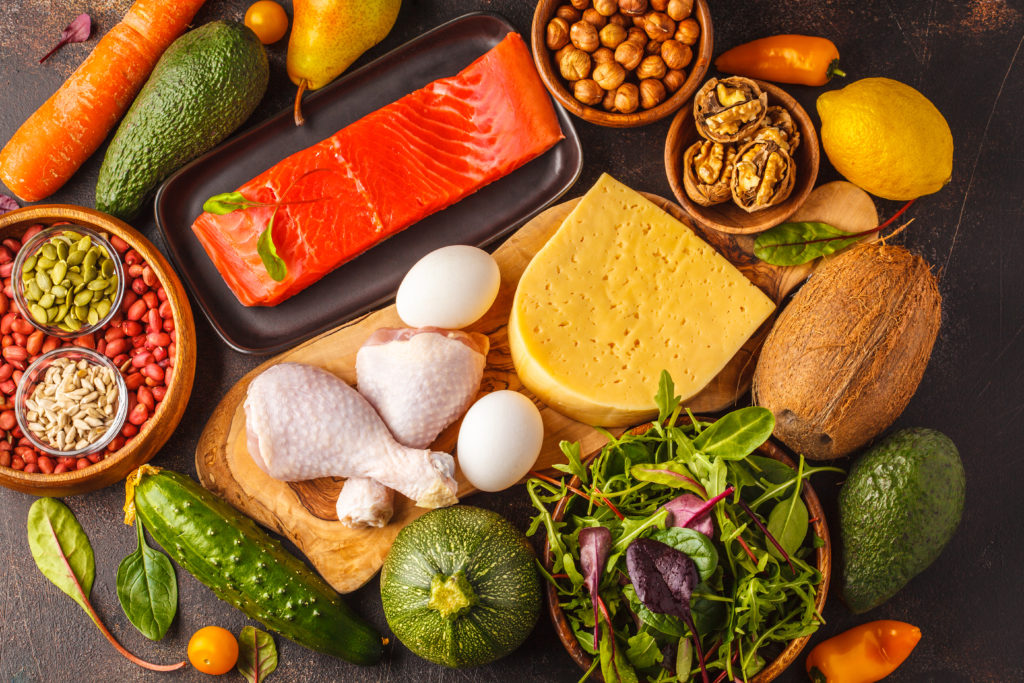Here’s the straightforward answer: the keto diet can help manage diabetes by helping to normalize uncontrolled blood sugar levels through reduced carbohydrate intake.
But how does keto work? What is the correlation between a low carb diet and regulated blood sugar? In this blog post, I’ll simplify things for you. By the end, you’ll learn:
- What diabetes is
- The definition of the keto diet
- How the keto diet works
- Ways to achieve ketosis
What Is Diabetes?
Normally, your pancreas produces insulin, a hormone that allows glucose from the food you eat to enter your cells. Glucose is essential because it provides energy for you to function normally.
People with diabetes, on the other hand, have a consistently high blood sugar level. There are two forms of this chronic disease:
- Type 1 diabetes: Your pancreas doesn’t produce enough insulin.
- Type 2 diabetes: Your pancreas produces insulin, but your body doesn’t use it properly.
The American Diabetes Association states that more than 30 million Americans have diabetes, and 1.5 million people are diagnosed with the disease every year.
If you or your loved one has diabetes, you’ve surely heard different suggestions on how to fight it—including the ketogenic diet. This brings us to the next question…
What Is the Ketogenic Diet?
The ketogenic (or “keto”) diet is an approach where you consume most of your calories from fat. At the same time, you keep your carbohydrate consumption low and protein consumption moderate. Dietary macro percentages for keto look like this:
- Fat: 55–60%
- Carbs: 5–10%
- Protein: 30–35%
Just because you consume more fats on the keto diet doesn’t mean you can eat any kind of fat. You still need to eat right to enjoy the benefits of keto. Be sure to focus on healthy fats. Good examples include:
- Avocado
- Eggs
- Meat
- Poultry
- Seafood
- High-fat dairy (cheese, butter)
- Nuts and seeds (macadamia, pumpkin)
- Olives
Research shows that people on keto enjoy both short-term and long-term benefits, including higher HDL (good) cholesterol levels, lower LDL (bad) cholesterol levels, weight loss, a lowered risk of heart disease, and decreased blood glucose.
How Keto Can Manage Diabetes
A ketogenic diet helps people with diabetes by lowering blood glucose. Since glucose is no longer available for fuel, your cells use a secondary fuel, called ketones. Recall that on a keto diet, you consume more fat. When dietary glucose is absent, your body uses fat instead. Fat breaks down into fatty acids, which are further broken down into ketone bodies.
In a nutshell, a ketogenic diet helps your cells utilize ketones as an alternative fuel to glucose.
The question is, are ketones effective in giving you energy? The answer is yes. Compared with glucose, ketone bodies are more efficient in producing ATP per molecule of oxygen.
7 Ketosis Tips
We’ve already defined diabetes and the ketogenic diet. Next, let’s explore ways to deal with diabetes by entering ketosis.
#1. Talk to your doctor. Excited to jump right into keto? Before you do, tell your doctor about it. You might have an existing health condition other than diabetes that’s contraindicated for the keto diet. If you start the diet, your doctor will be able to adjust your insulin dose accordingly and monitor you.
#2. Follow a keto diet plan. Know what you can and cannot eat on a keto diet. A beginner-friendly keto food list will help create a smooth transition to your new diet. You have so many delicious food options in keto that it’s not so difficult to steer clear of anything that’s starchy, processed, and cured with sugar. A keto diet is also more versatile than many people assume—you can eat meat, go vegetarian, or choose dairy-free.
#3. Lower your carb intake gradually. Cutting carbs drastically may cause hypoglycemia (very low blood glucose), which can be dangerous. Not just that, but dropping carbs too quickly from your diet can lead to uncomfortable symptoms, including headaches, muscle cramps, and irritability, known collectively as “keto flu.”
# 4. Test your ketone levels. Very high ketones are a warning that your condition is poorly managed. Ketoacidosis is characterized by dangerously high ketones and can be life-threatening.
# 5. Keep yourself hydrated. If there’s anything you need to consume more often, it’s water. People with diabetes need more water since higher blood glucose diminishes fluids. Increase your water intake, especially on warmer days and when you’re exercising. Water also helps minimize the symptoms of keto flu, such as headaches.
# 6. Engage in regular exercise. Exercise keeps your blood glucose within the normal range and allows you to get into ketosis faster. Start with low-intensity exercises that you can keep up with. To make it more engaging, consider joining an exercise group. Classes make you more accountable and add variety to your regimen.
#7. Monitor your blood glucose levels. Check your blood glucose to monitor for improvements. Factors such as stress, food, and illness will affect your levels. Diabetic ketoacidosis happens when your blood glucose reaches over 250 mg/dL. A normal reading should be less than 100 mg/dL.
Takeaway
Thinking of getting started on keto? The ketogenic diet is a natural option for diabetics. By increasing your consumption of healthy fats, your cells turn to ketones for energy when glucose is not available.
Please know that while the keto diet has many benefits, it’s not for everyone. As with any diet, it’s best to research first and consult with a doctor.
Image from iStock/designer491 (main),KatarzynaBialasiewicz (Dr. & Patient), vaaseenaa (Keto food).



